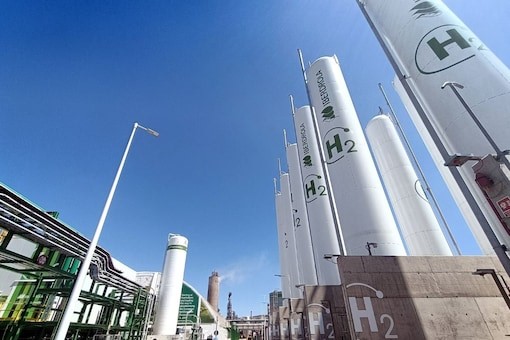Free Courses Sale ends Soon, Get It Now


Free Courses Sale ends Soon, Get It Now



Disclaimer: Copyright infringement not intended.
Context
Details
Understanding White Hydrogen and Its Significance
Nature of White Hydrogen:
Potential Applications in Industries:
Classification of Hydrogen Types:
Global Implications and Utilization of White Hydrogen:
Origins and Sources of Natural Hydrogen:
Reserves and Global Distribution:
Extraction Methods and Characteristics:
Environmental Benefits and Competitive Advantages:
|
PRACTICE QUESTION Q. Discuss the concept of 'White Hydrogen' and its significance in the context of the global energy transition. What are the challenges associated with its production and utilization, and how can these be addressed to ensure a sustainable energy future? (250 Words) |
© 2024 iasgyan. All right reserved